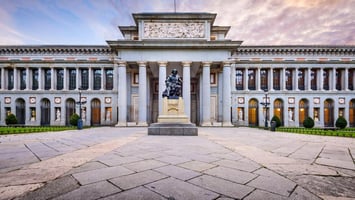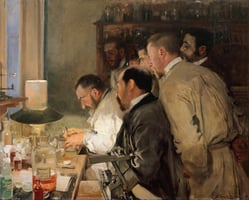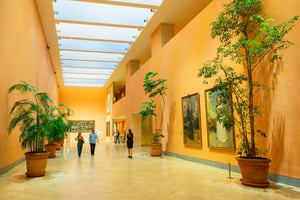The Prado Museum is one of the most renowned and celebrated art museums in the world. Located in...
Uncover the Secrets of Prado's Masterpieces
1. Introduction
Madrid's Prado Museum is one of the most famous museums in the world, known for its vast collection of European art. The museum is located in Madrid, Spain, and is home to some of the most iconic paintings in history, including works by Diego Velzquez, Francisco Goya, and Peter Paul Rubens.
The Prado first opened to the public in 1819, but it wasn't until the early 21st century that it underwent a major expansion and renovation. This expansion included the construction of a new wing, which houses the museum's collection of modern art.
Today, the Prado is one of the most popular tourist attractions in Madrid, and it receives over 3 million visitors each year.
2. The Secrets of Prado's Masterpieces
In this blog post, I will be discussing the secrets behind some of the most famous paintings housed in the Prado museum. I will discuss the history and meaning behind each work, in order to give readers a greater understanding of these masterpieces. By the end of this post, readers will have a greater appreciation for the art housed in the Prado, and will hopefully be inspired to visit the museum themselves.
One of the most famous paintings housed in the Prado is Diego Velzquez's "Las Meninas." This work is considered to be one of the most important paintings in Spanish history, and it is also one of the most enigmatic. The painting depicts Infanta Margarita Teresa, the daughter of Velzquez's patron, King Philip IV of Spain. She is surrounded by her ladies-in-waiting, as well as Velzquez himself.
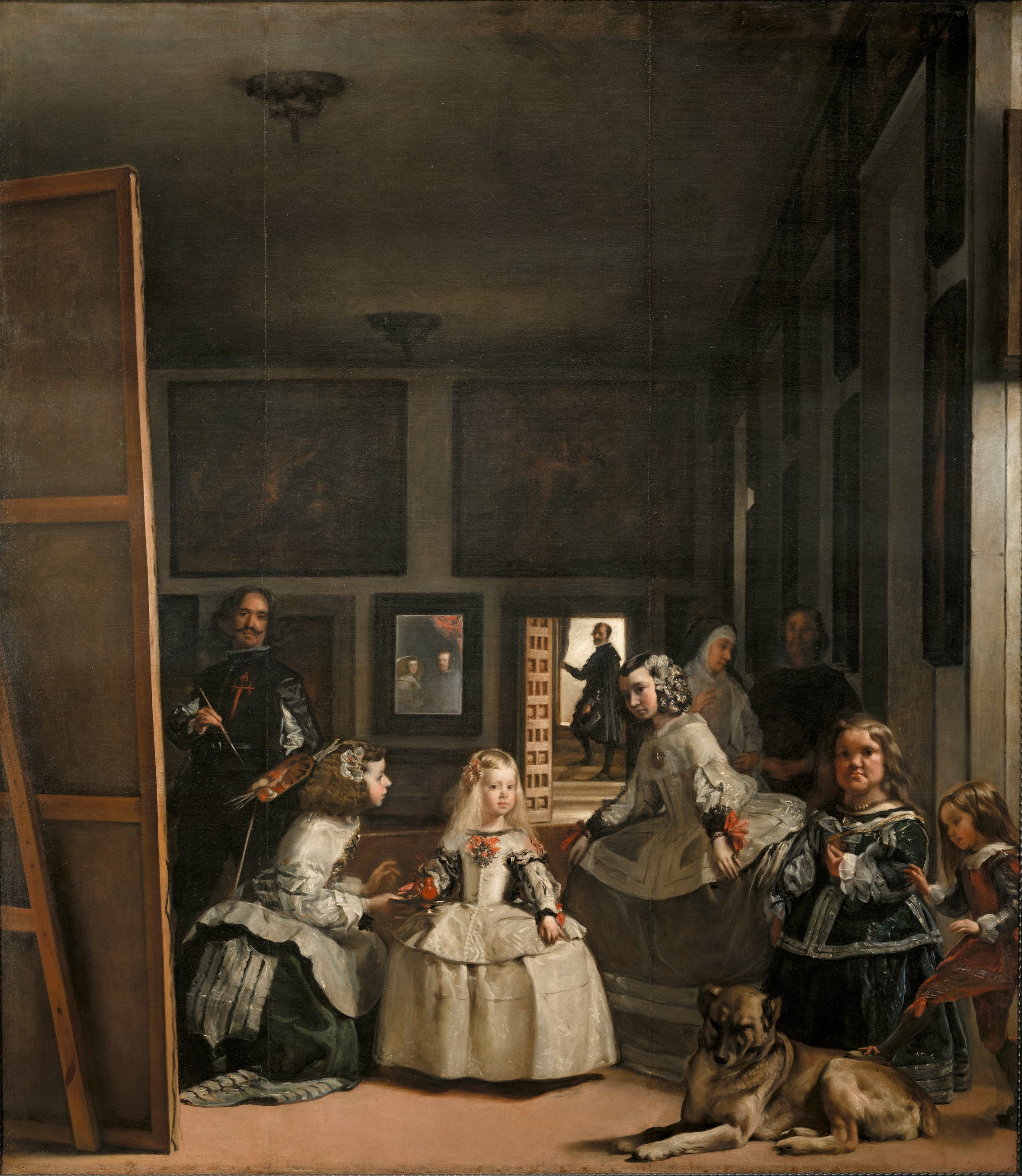
While the painting may seem straightforward at first glance, there are actually a number of hidden secrets and symbols within the work. For example, the Infanta is looking directly at the viewer, which creates a sense of intimacy and connection. Additionally, Velzquez has included a number of self-portraits within the work, which has led some to believe that the painting is actually a portrait of the artist himself.
Whatever the true meaning behind "Las Meninas" may be, one thing is certain: it is a truly remarkable work of art, and a must-see for anyone visiting the Prado.
Another famous painting housed in the Prado is Francisco Goya's "The Third of May 1808." This work depicts the execution of Spanish rebels by French soldiers during the Napoleonic Wars. The painting is notable for its graphic depiction of violence, and its emotional power.
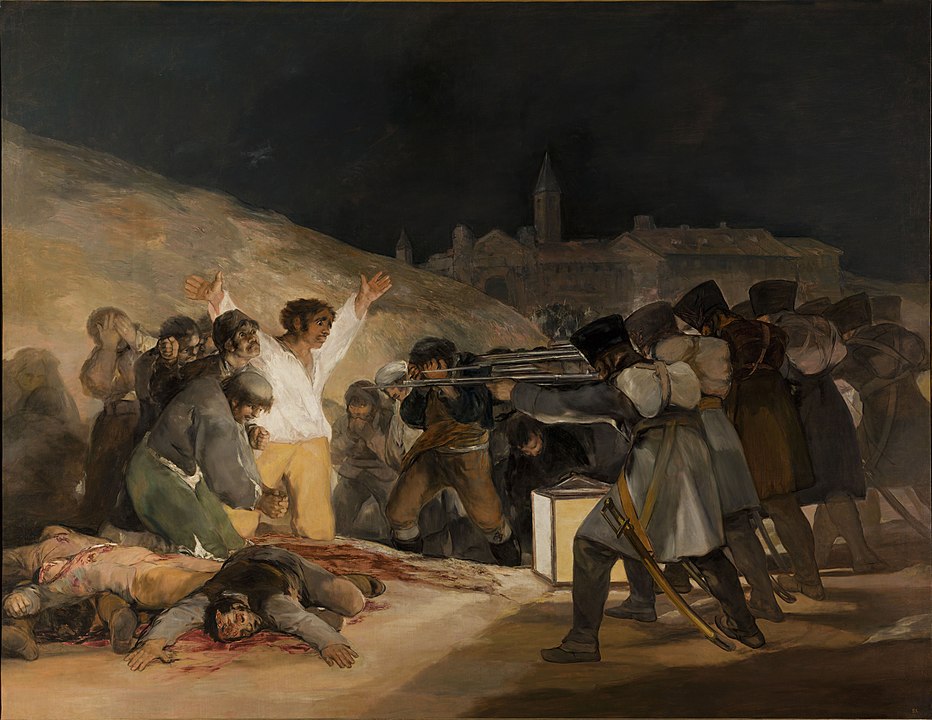
"The Third of May 1808" is a clear condemnation of the French occupation of Spain. However, it is also a complex and nuanced work, which raises questions about the nature of violence and war. For example, the French soldiers are depicted as faceless monsters, while the Spanish rebels are shown as brave and heroic martyrs.
This painting is a truly harrowing work of art, and it is sure to leave a lasting impression on anyone who sees it.
Finally, I would like to discuss El Greco's "The Burial of the Count of Orgaz." This painting is widely considered to be one of the greatest works of Spanish art, and it is certainly one of the most beloved paintings in the Prado.
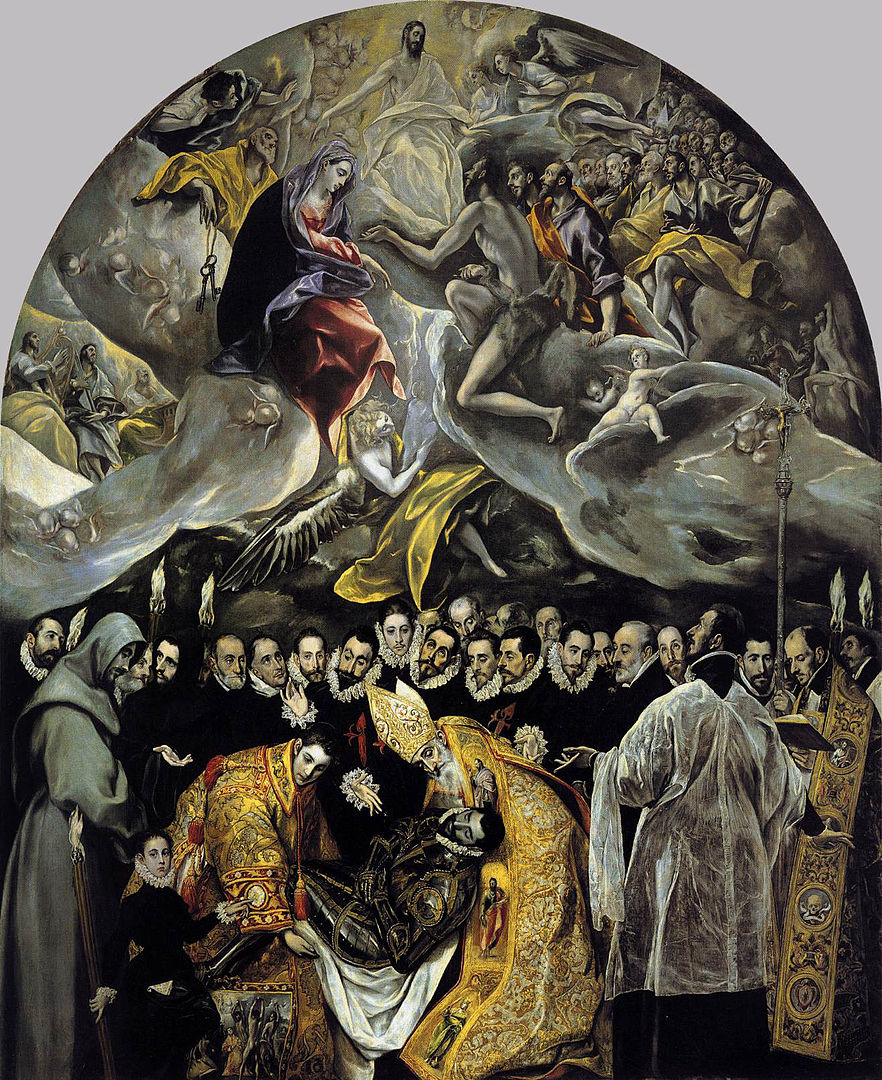
"The Burial of the Count of Orgaz" depicts the funeral of a local nobleman, who was also a close friend of the artist. The painting is notable for its use of light and color, as well as its emotional power. El Greco has captured the grief of the mourners in a way that is truly moving, and the painting has a profound sense of spirituality.
"The Burial of the Count of Orgaz" is a truly beautiful and moving work of art, and it is one of the must-sees at the Prado.
These are just a few of the famous paintings housed in the Prado museum. I hope that this blog post has given you a greater understanding of these works, and that it has inspired you to visit the museum yourself. Thank you for reading!
3. The History of the Prado
The Prado Museum in Madrid is home to some of the most famous paintings in the world. These masterpieces are not only beautiful to look at, but they also hold many hidden secrets. By taking a closer look at these paintings, we can uncover the hidden stories and messages that the artists may have been trying to communicate.
One of the most well-known paintings at the Prado is "The Garden of Earthly Delights" by Hieronymus Bosch. This painting is full of hidden symbolism and messages. For example, some believe that the various animals in the painting represent different sins. The painting also contains a hidden self-portrait of the artist. By taking a closer look at the painting, we can begin to uncover the hidden secrets that Bosch may have been trying to communicate.
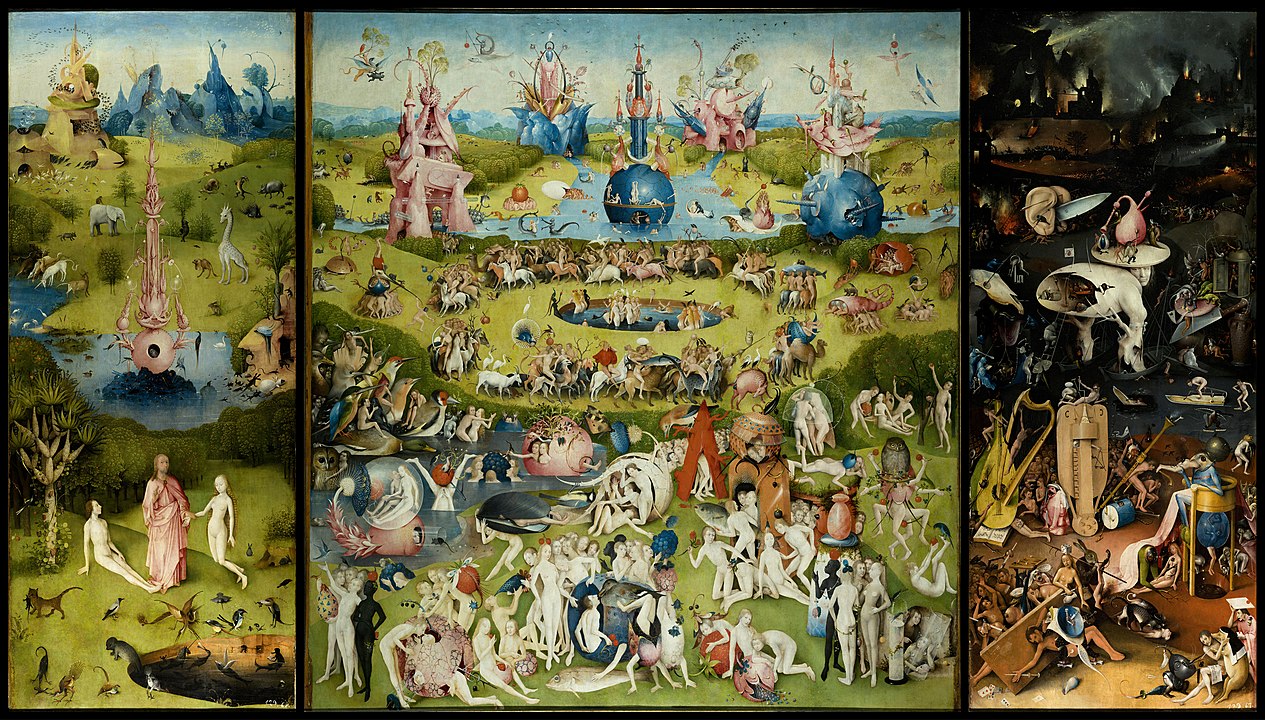
Finally, one of the most famous paintings at the Prado is "Las Meninas" by Diego Velazquez. This painting is full of hidden symbolism and messages. For example, some believe that the various figures in the painting represent different aspects of the artist's life. The painting also contains a hidden message about the artist's own views on art. By taking a closer look at the painting, we can begin to understand the hidden meaning that Velazquez may have been trying to communicate.
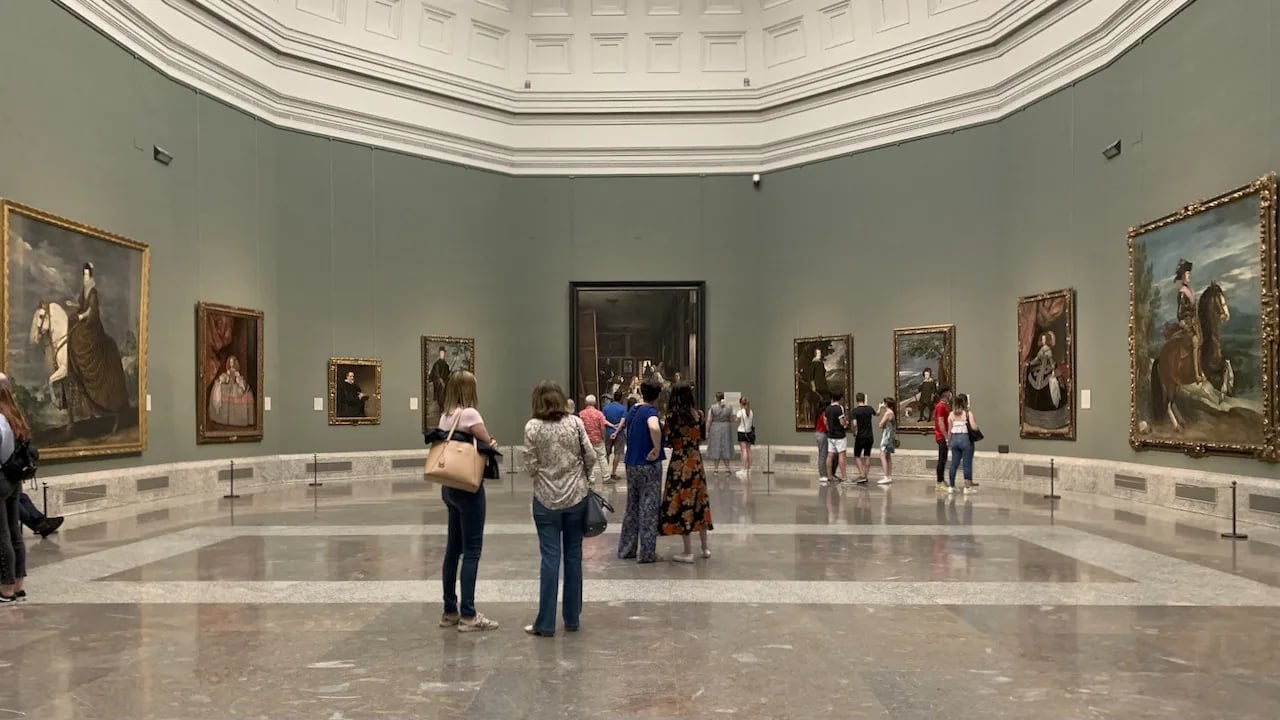
By taking a closer look at the paintings at the Prado, we can begin to uncover the hidden secrets that the artists may have been trying to communicate. These secrets can provide us with a greater understanding and appreciation for these works of art.
4. The Collection of the Prado
The Prado Museum in Madrid is one of the most famous and prestigious art museums in the world. Founded in 1819, the Prado houses an incredible collection of European art, including works by some of the most famous painters in history, such as Velzquez, Goya, and El Greco.
The Prado's collection is truly world-renowned, and the museum has been described as "the finest art museum in the world." With so many incredible works of art, it's no wonder the Prado is one of the most popular tourist destinations in Madrid.
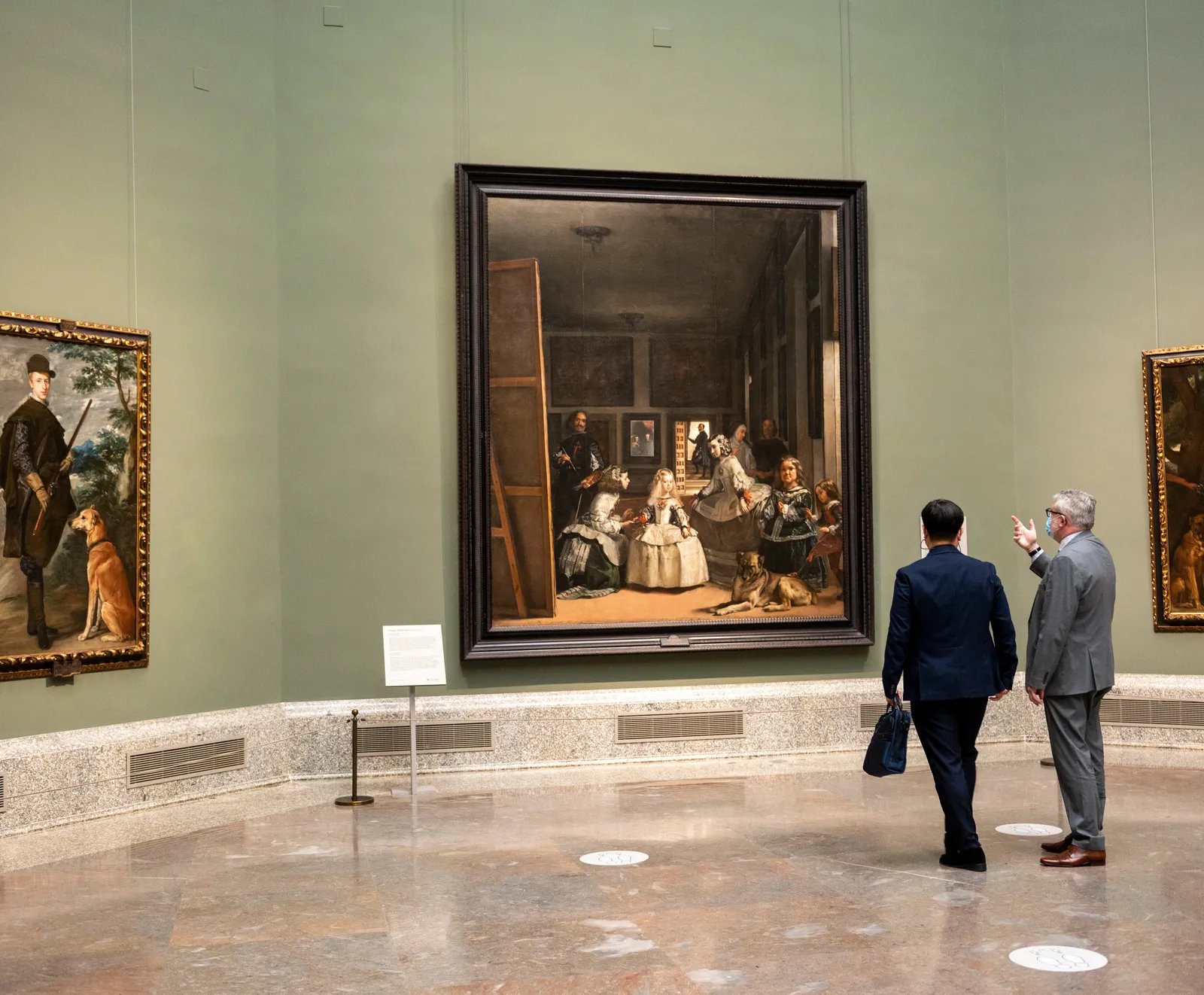
The Prado is home to some of the most iconic paintings in the world, including Velazquez's "Las Meninas" and Goya's "The Third of May 1808." Whether you're an art lover or simply looking to appreciate some of the world's most famous paintings, a visit to the Prado is an unforgettable experience.
If you're planning a trip to Madrid, be sure to add the Prado to your itinerary. You won't regret it!
5. The Architecture of the Prado
The Prado Museum in Madrid is one of the most famous and revered art museums in the world. Its collection of European art is unrivaled, with works by some of the most renowned painters in history, including Diego Velzquez, Francisco Goya, and Peter Paul Rubens.
The Prado's collection is particularly strong in Spanish, Italian, and Flemish painting. Some of the most famous works in the museum include Velzquez's Las Meninas, Goya's The Third of May 1808, and Rubens's The Massacre of the Innocents.
The Prado has been open to the public since 1819, and receives over three million visitors each year. A visit to the Prado is a must for anyone lucky enough to find themselves in Madrid. You'll be amazed at the wealth of art on display, and you'll be sure to see some of your favorite paintings up close and in person.
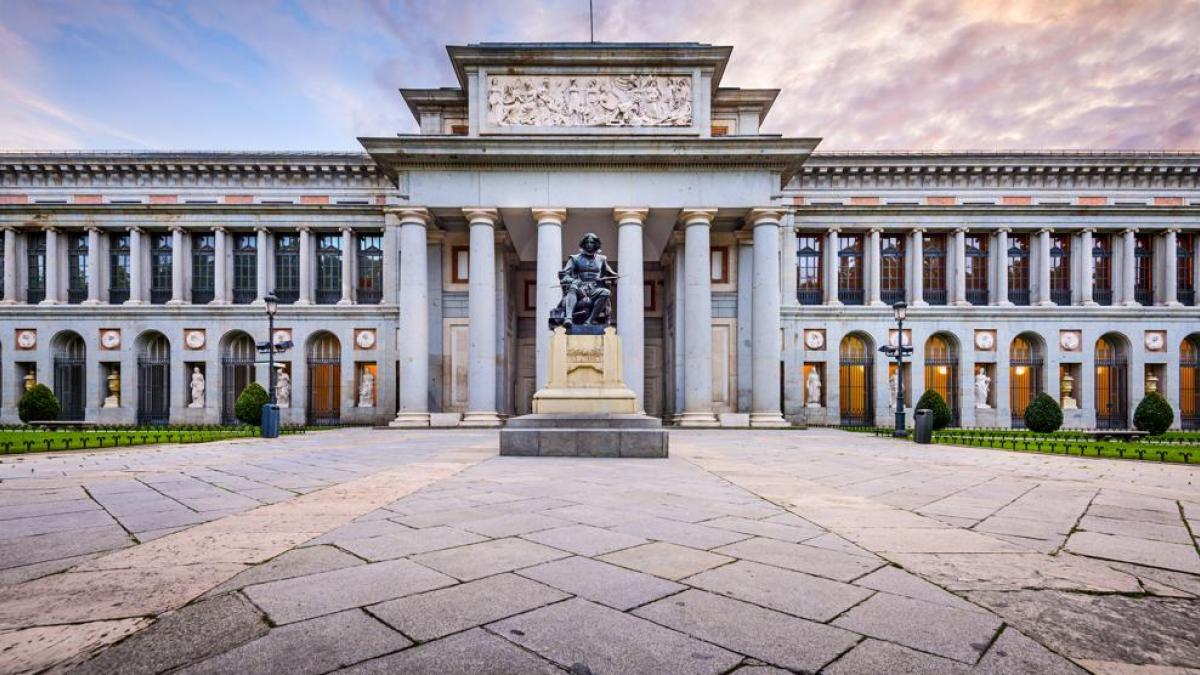
The Prado Museum in Madrid is one of the largest and most famous museums in the world. It is particularly well-known for its collection of Spanish art, which includes works by El Greco, Goya, and Velzquez. The Prado was built between 1785 and 1819, and was originally intended to be a natural history museum. However, it was soon transformed into an art museum, and today it houses one of the largest collections of art in the world.
The Prado is a neoclassical building, with a central courtyard and two wings. The main facade of the museum is decorated with a number of sculptures, including a statue of Neptune. The Prado was built on the orders of King Charles III in 1785, and was designed by French architect Jean-Michel Moreau. The total area of the museum is more than 135,000 square meters, and it has a collection of more than 7,000 paintings, of which about 1,300 are on display.
The Prado is one of the most visited museums in the world, and is considered to be one of the finest examples of Neo-Classical architecture. If you are ever in Madrid, be sure to check out the Prado Museum you won't be disappointed!
The Prado Museum in Madrid is one of the most visited museums in the world. It is considered to be one of the greatest museums of art. It houses the works of some of the most famous painters in history, including Velazquez, Goya, and El Greco. The museum is located in Madrid, Spain.
6. The Prado Today
The Prado today is one of the most visited museums in the world. It houses some of the most famous paintings, including works by Velazquez, Goya, and Bosch. The museum has undergone several expansions and renovations over the years. In 2007, the Prado opened a new wing, the Casn del Buen Retiro, which houses a collection of 19th-century art.
The Prado also has an extensive library, which contains over 300,000 volumes. The library is open to the public and is a great resource for researchers and students.
The Prado is a must-see for anyone interested in art and history. It is one of the most famous and respected museums in the world, and contains some of the most important works of art in history. If you are ever in Madrid, be sure to visit the Prado!
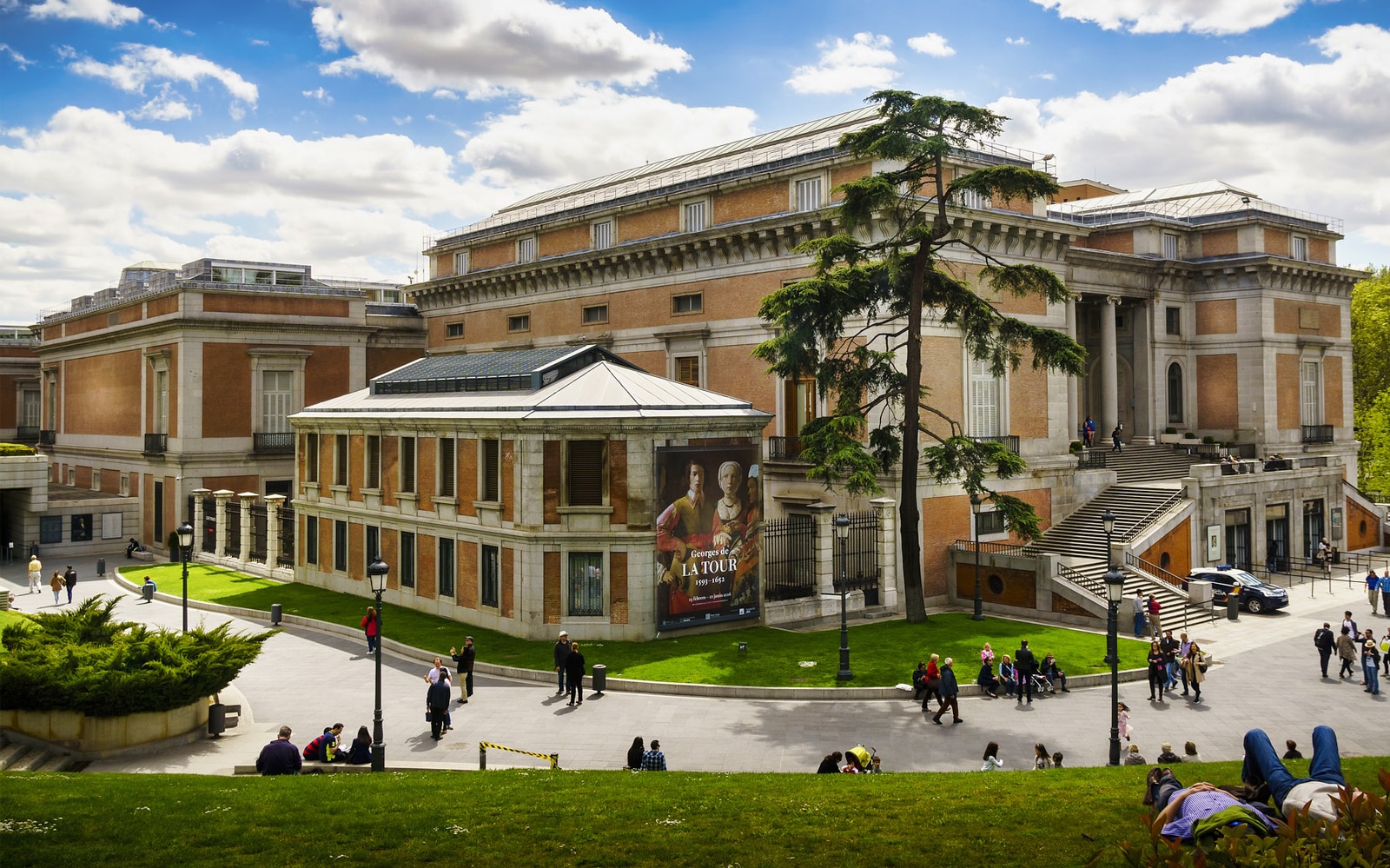
7. Conclusion
The Prado Museum is one of the most renowned art museums in the world, and for good reason. It is home to some of the most iconic paintings in history, including works by Diego Velazquez, Francisco Goya, and Hieronymus Bosch. A visit to the Prado is a must for any art lover, but it can be daunting to try to see everything the museum has to offer. This blog post will help you uncover the secrets of some of the Prado's most famous paintings, so you can make the most of your visit.
First, a bit of history: the Prado was founded in 1819 as the Royal Museum of Paintings and Sculpture. It was originally housed in the old Alcazar palace, but moved to its current location in 1892. The museum's collection spans the 12th to 19th centuries, and includes works by Spanish, Italian, Flemish, Dutch, and French artists.
Now, on to the paintings! The Prado is perhaps most famous for its Spanish paintings, and rightly so - Velazquez's "Las Meninas" and Goya's "The Third of May 1808" are two of the most iconic paintings in the world. But the museum has much more to offer than just Spanish art.
One of the Prado's must-see paintings is Hieronymus Bosch's "The Garden of Earthly Delights." This triptych painting is a surreal and nightmarish vision of Hell, and has been interpreted in many ways by scholars over the years.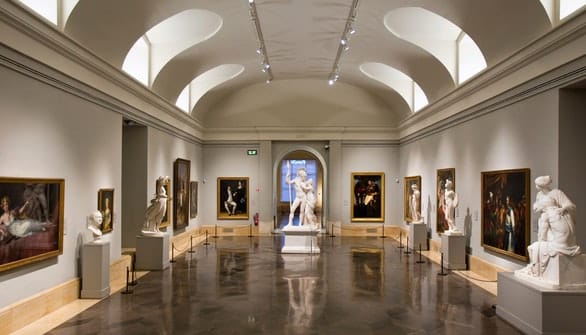 Another painting that is sure to captivate visitors is "The Annunciation" by Leonardo da Vinci. This painting was unfinished at the time of Leonardo's death, but is still an arresting image.
Another painting that is sure to captivate visitors is "The Annunciation" by Leonardo da Vinci. This painting was unfinished at the time of Leonardo's death, but is still an arresting image.
Finally, don't miss "The Madonna and Child" by Michelangelo. This painting was Michelangelo's first commission in Rome, and is a moving depiction of the Virgin Mary and her infant son.
So, there you have it - a few of the Prado's must-see paintings. With a little bit of background knowledge, you'll be able to appreciate these masterpieces even more.
8. Further Resources
Have you ever looked at a painting and wondered what story it was trying to tell? If so, you're not alone. For centuries, art lovers have gazed upon the masterpieces in the Prado Museum and wondered about the secrets they hold.
Thanks to a number of books, articles, and websites, we now know a lot more about the secrets of the Prado's masterpieces. Here are just a few of the resources that are available:
-"The Secrets of the Prado" by Antonio Ponz
-"Uncovering the Secrets of the Prado" by Javier Sierra
-"The Prado: A Museum for the World" by Susanna Petriglieri
Each of these works provides valuable insights into the history and meaning of the paintings housed in the Prado. In addition to these print resources, there are also a number of online resources that can be consulted.
The Prado's official website offers a wealth of information about the museum's collection, as well as a virtual tour that allows visitors to explore the galleries from the comfort of their own homes. The website also features a blog, which provides interesting articles about the Prado and its paintings.
Finally, there are a number of video resources that can be consulted in order to learn more about the Prado and its paintings. The Prado's YouTube channel features a number of short documentaries about the museum and its collection. These videos are a great way to learn more about the Prado and its paintings in a fun and engaging way.
So if you're interested in learning more about the secrets of the Prado's masterpieces, be sure to check out some of these resources. With a little bit of research, you're sure to uncover some fascinating stories about these amazing works of art.

